The history of Shougoin dates back to 1090. When High Priest Zoyo, who served as a forerunner to Emperor Shirakawa’s visit to Kumano, received the temple. Emperor named it “Shogoin” after his achievement of “protecting the Eucharist”. The temple was later moved from place to place in Kyoto due to warfare and fire, but was rebuilt in 1676 at its current location, which is also the site of its foundation.
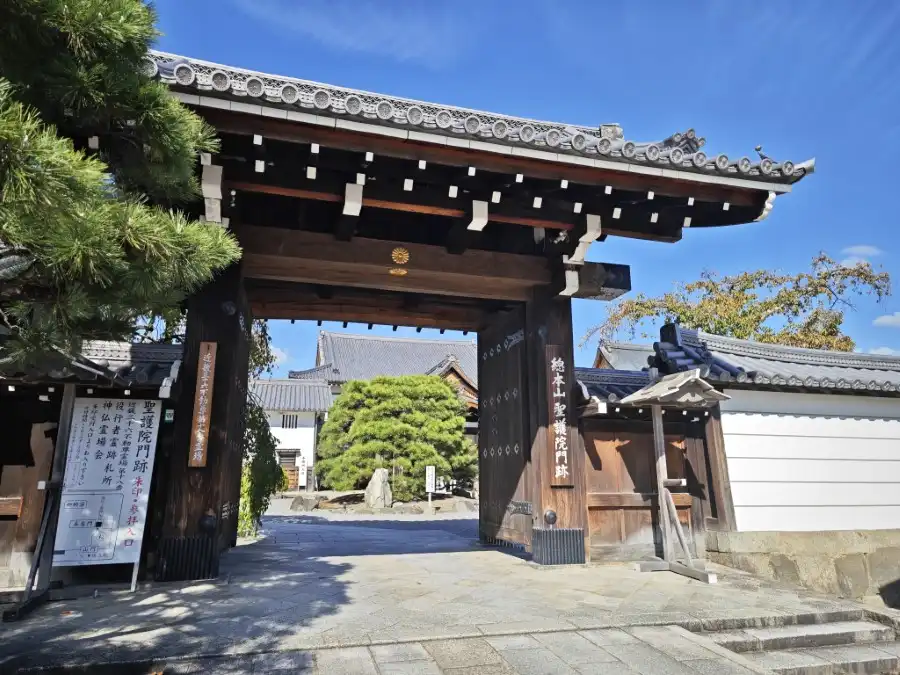
Shougoin has had close ties to the imperial family since its inception, and ordained members of the imperial family and regent often served as chief priests. Such temples are called monzeki temples. They are among the few temples in Japan with a high level of prestige.
In particular, this is the only temple designated as a “temporary imperial residence” during the Edo period (1603-1867), as it was the residence of Emperor Kogaku for about three years after he escaped the Great Fire of Tenmei. The temple is home to many precious gold and blue paintings depicting flowers, birds, wise men, and magnificent natural scenery, allowing visitors to experience the beauty of Kyoto culture.
On the other hand, Shougoin is also the head temple of the Shugendo sect. It practices Shugendo, the ascetic practice of asceticism in the mountains. Many people, both monks and laity alike, participate in Shugendo. It includs Katsuragi Shugyo in the spring and Omine Okugake Shugyo in the fall. And the faith of mountain ascetics, who see the teachings of Buddha in nature, still alive in the present day.
Source: translation from Temple’s WEB site
Openings
The temple usually opens its main statue of Fudo Myoo from Heian Period (important cultural property) and some of its buildings to the public free of charge. Special autumn openings are available for a fee. And visitors can see the paintings on the walls of Shinden, Buddhist statues, and the Shoin, an important cultural property.
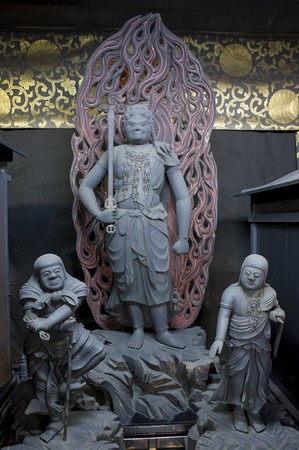
The statues of Fudo Myoo from different periods of time are particularly spectacular.

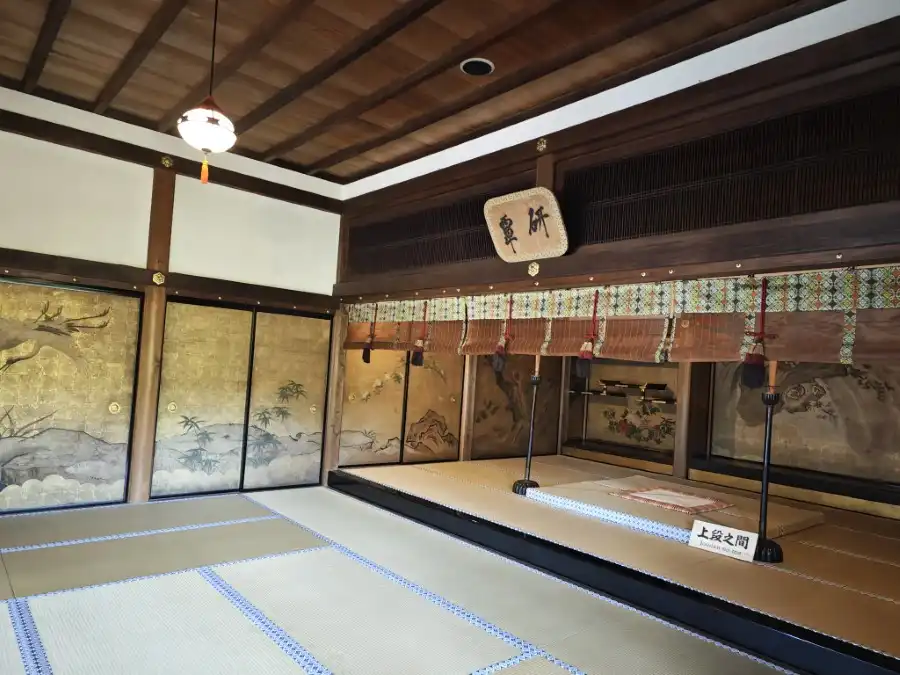
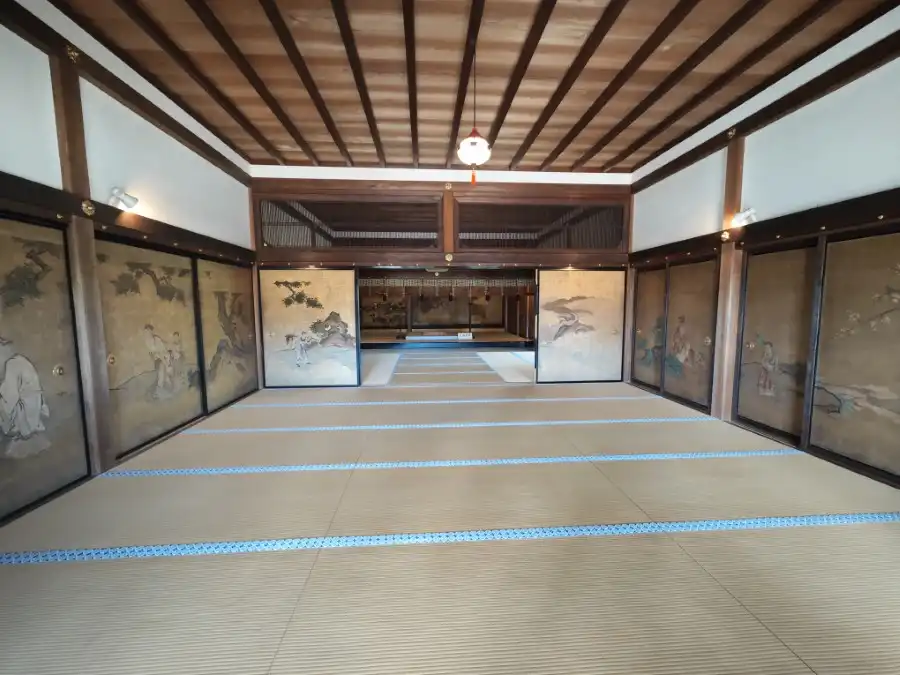

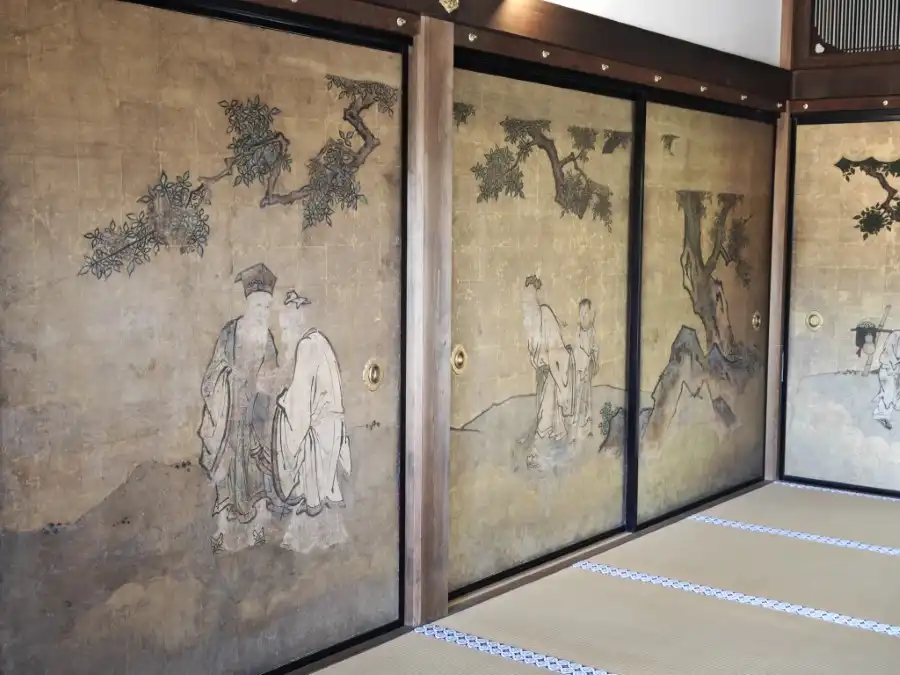
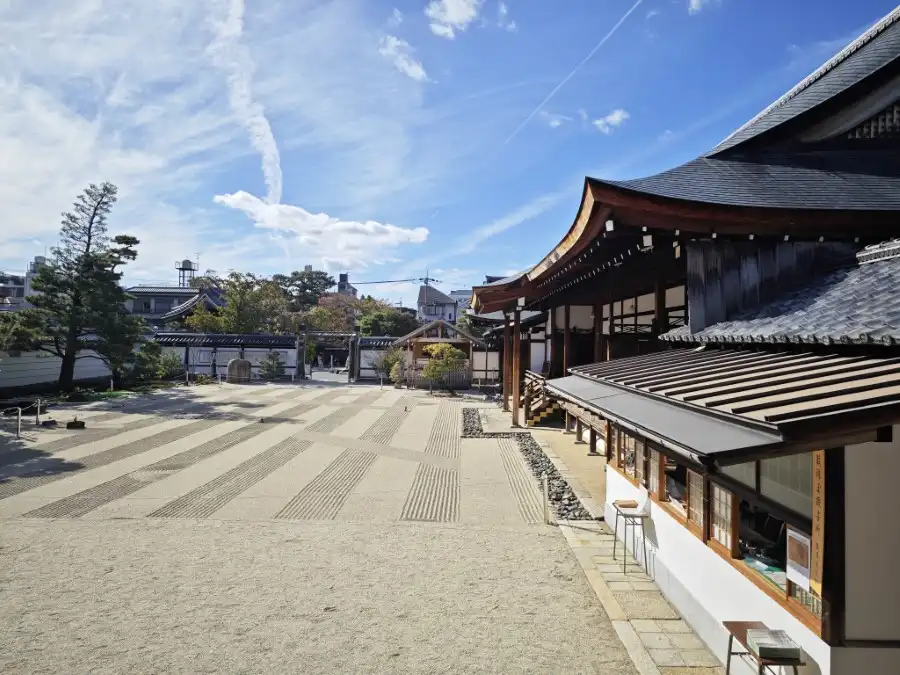


The temple was also once associated with Kumano Shrine and Kumano Nyakuoji Jinja Shrine in Kyoto because of its connection with Shugendo in Kumano.
Nearby spots from Shougoin
Heian Jingu Shrine is a little south of this temple. Throughout the year, visitors can delight in Heian Jingu Shrine, with a particularly recommended experience during the cherry blossom season.
Related articles:
[…] Shogoin Monzeki Temple is not very famous among tourists. This temple has deep ties to the Imperial Court. It is also an important head temple of Shugendo. It is open to the public on limited days. […]
[…] one of the head temple sects of the Tendai school of shugendo (mountain asceticism) centering on Shogoin. It became a Shinto shrine in the early Meiji period when the Shinto and Buddhist schools were […]
[…] Shogoin Monzeki, which was founded at the behest of Emperor Shirakawa in 1090, was also haunted by the Shrine as its guardian deity. […]